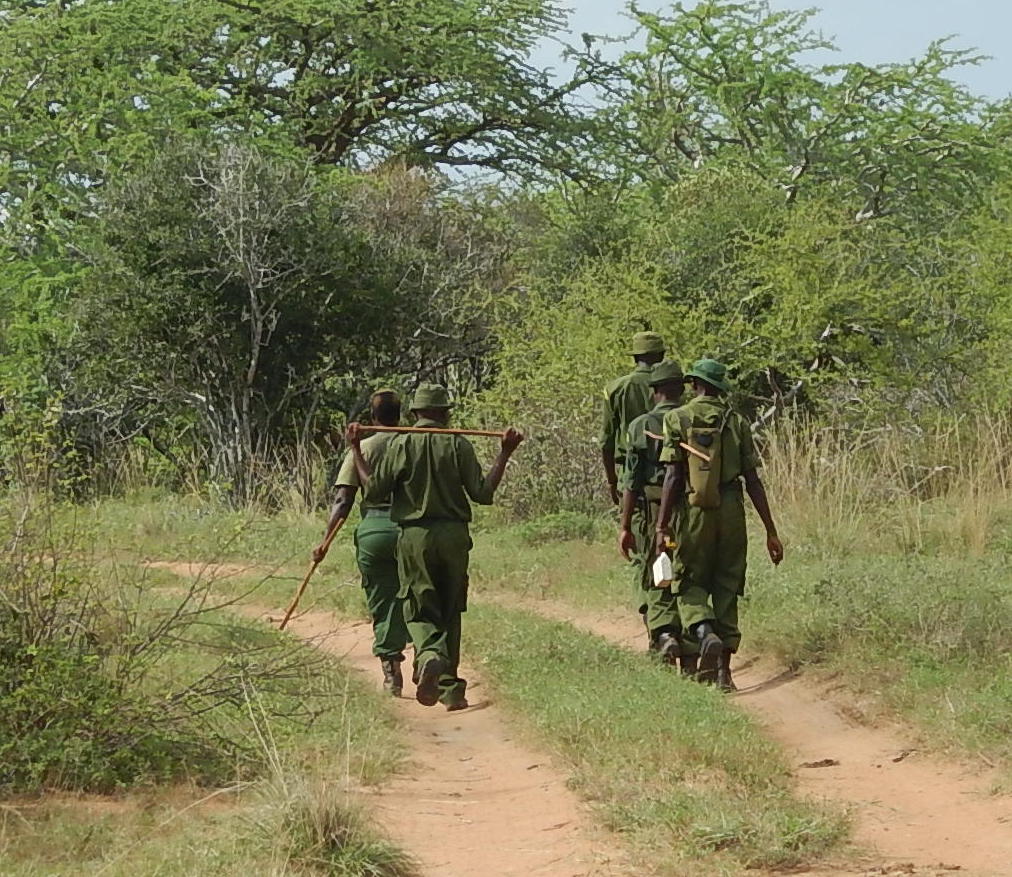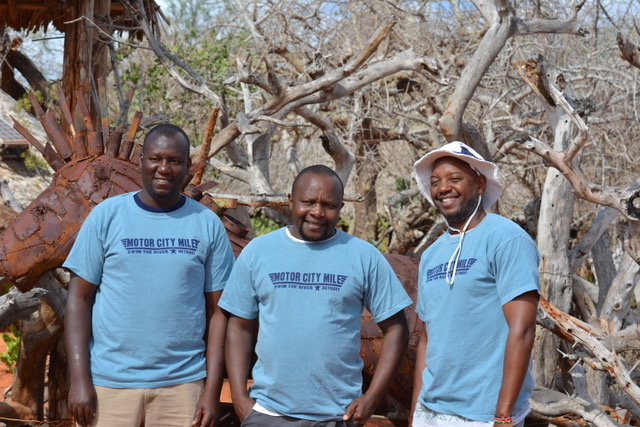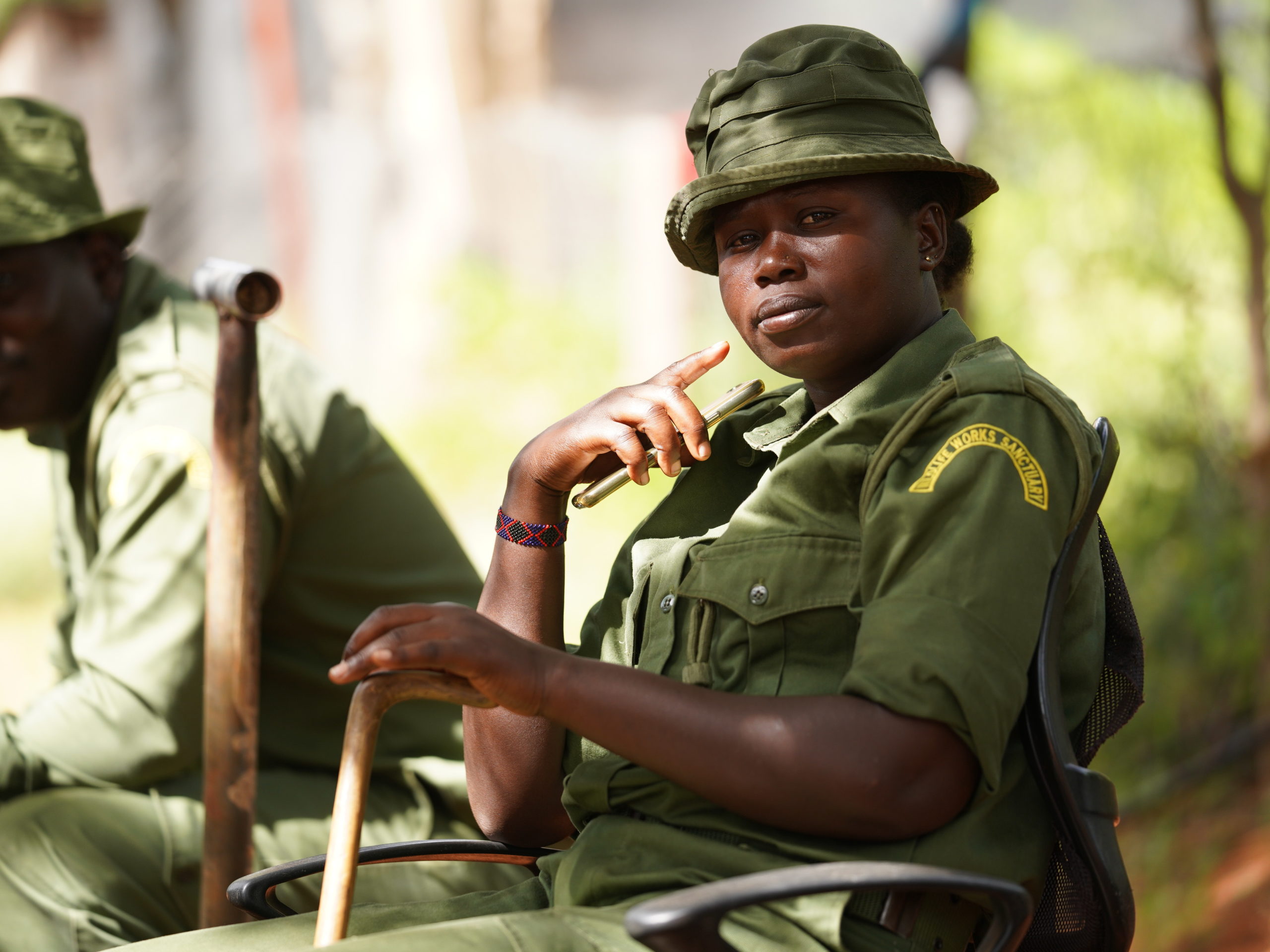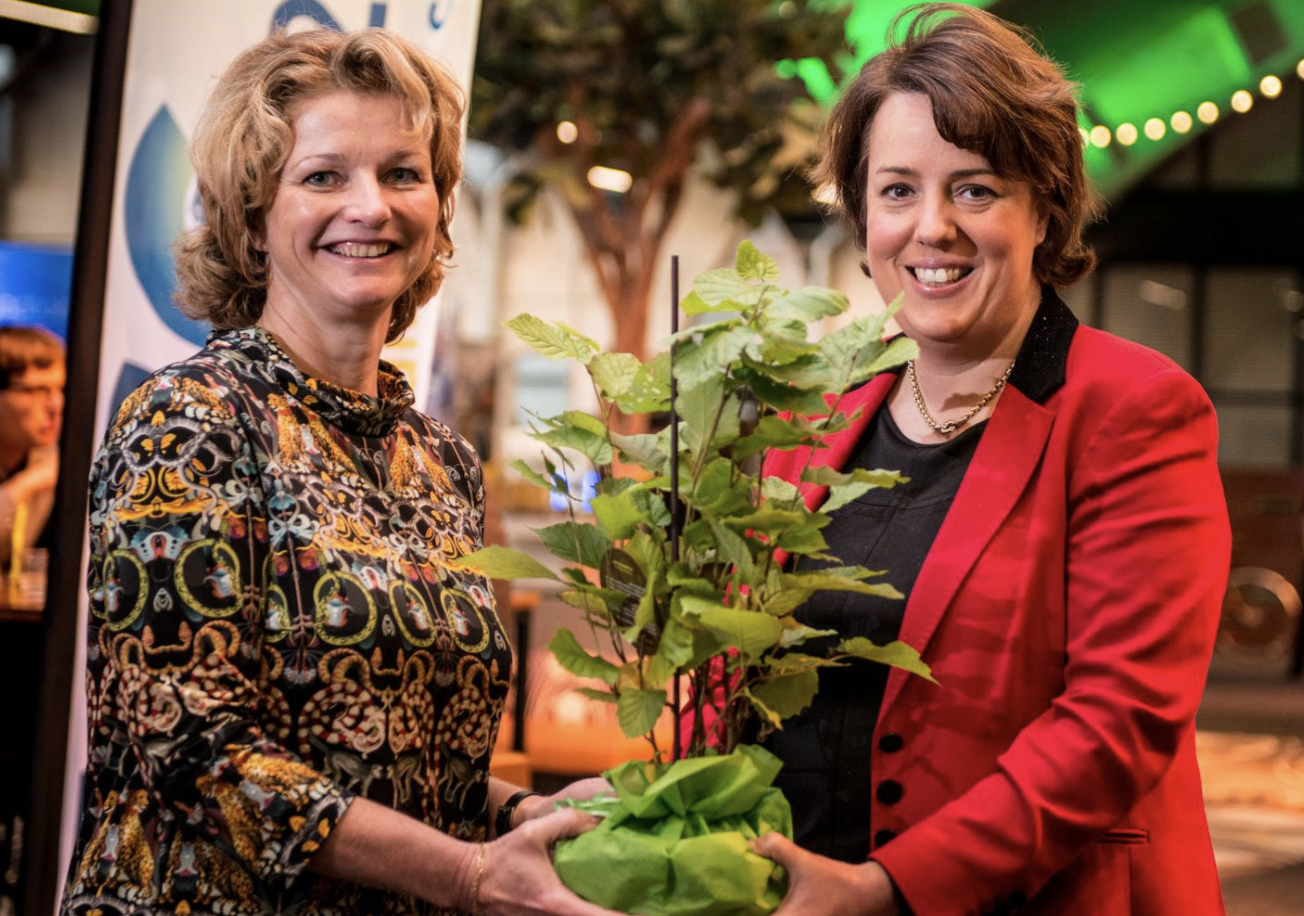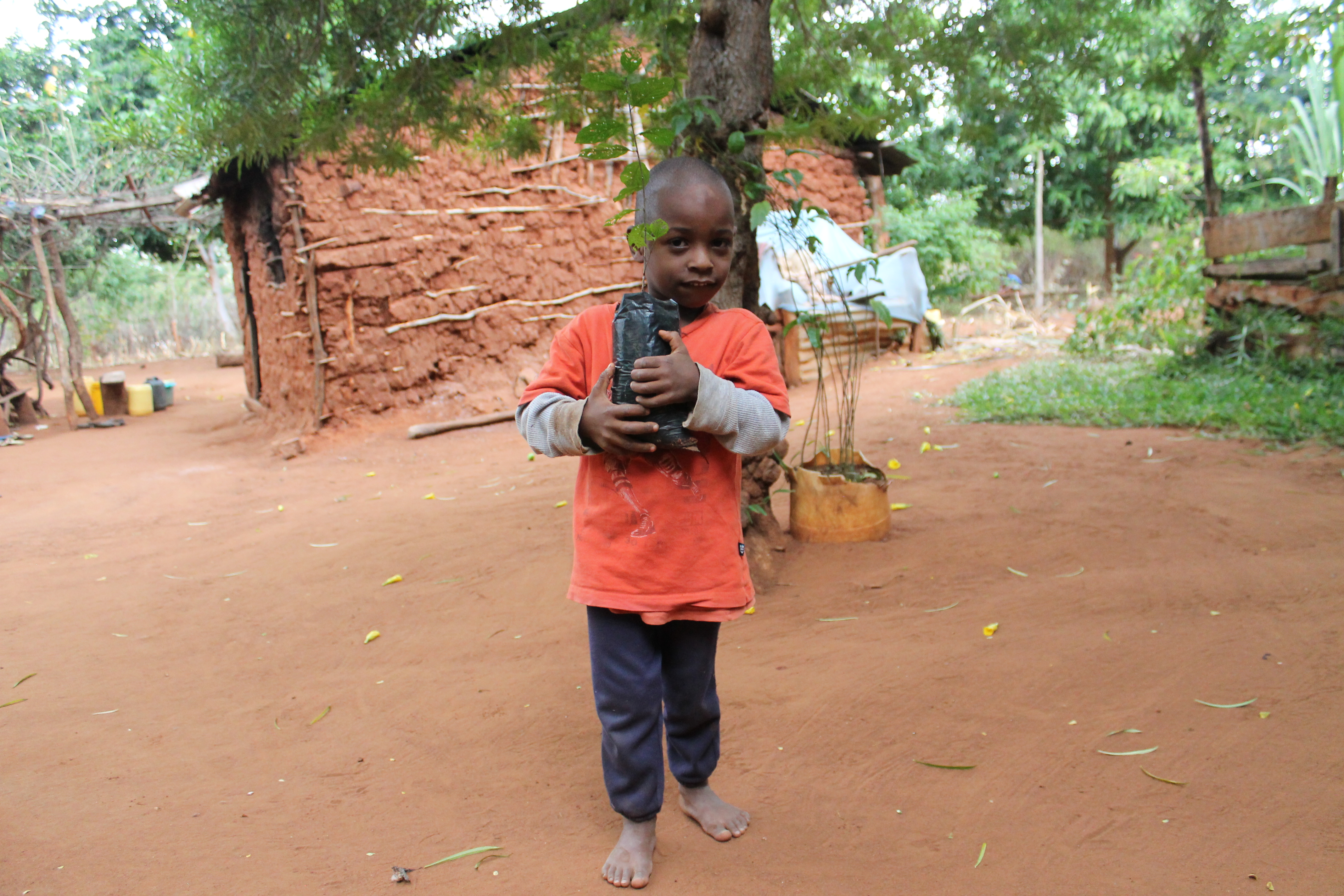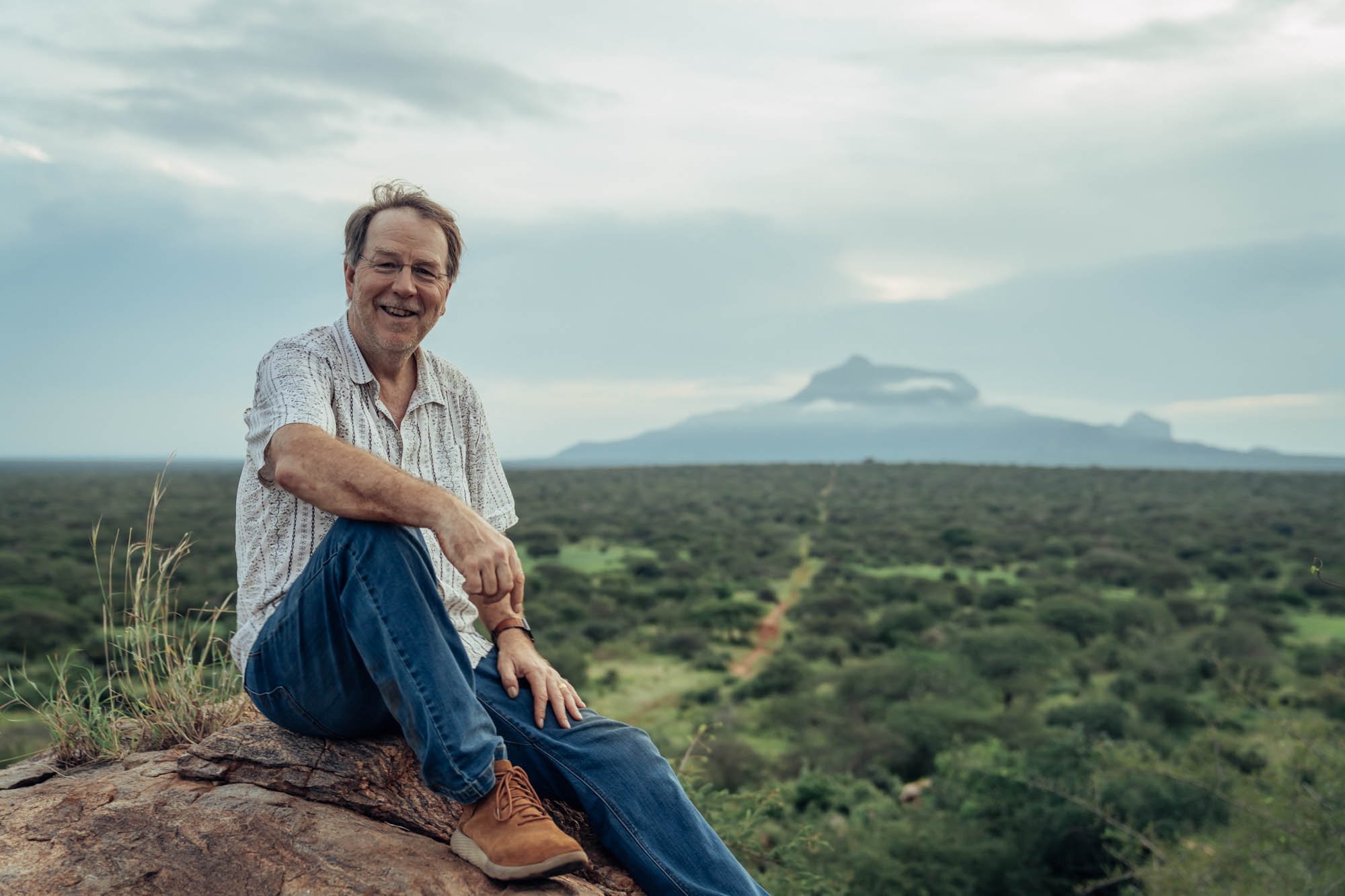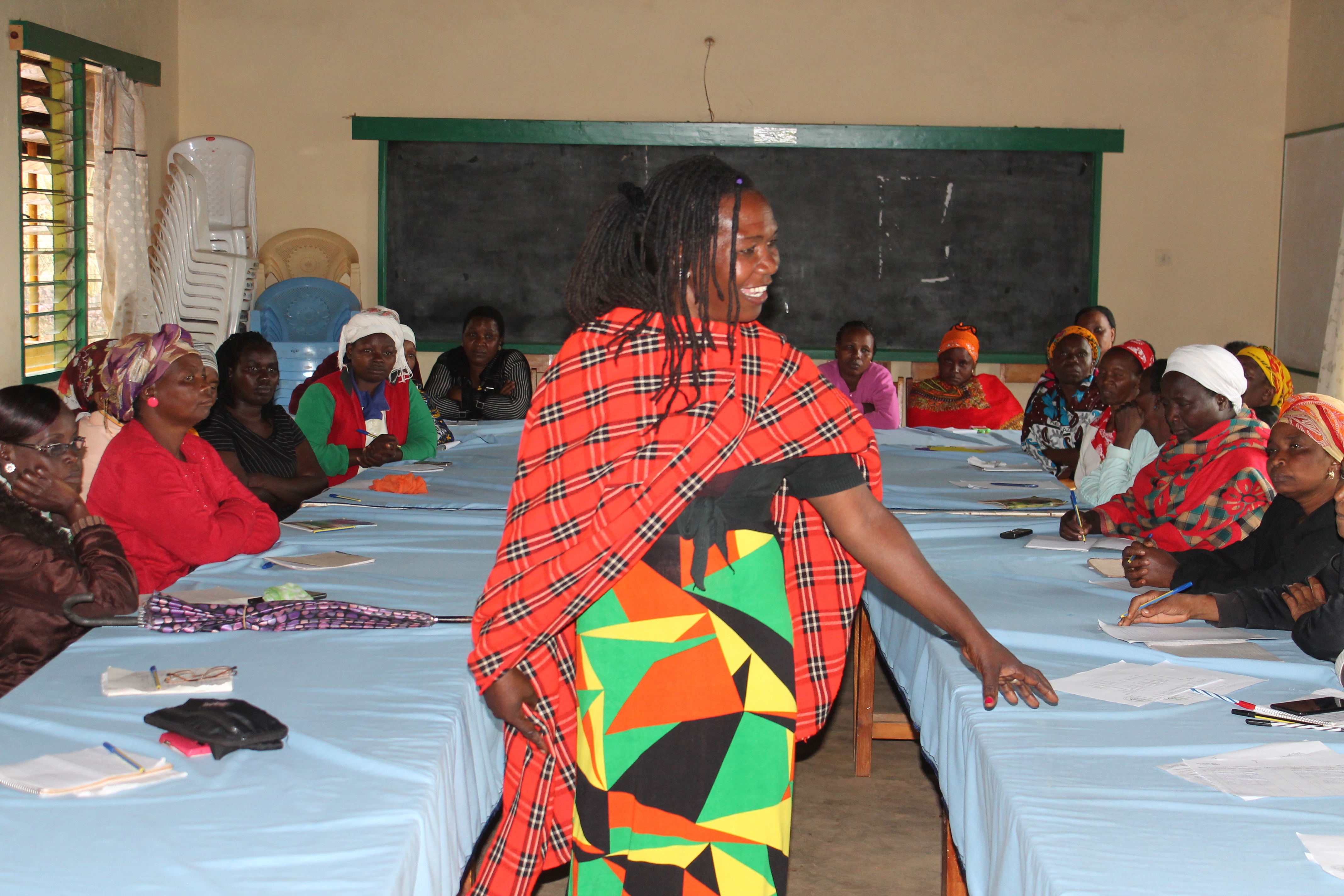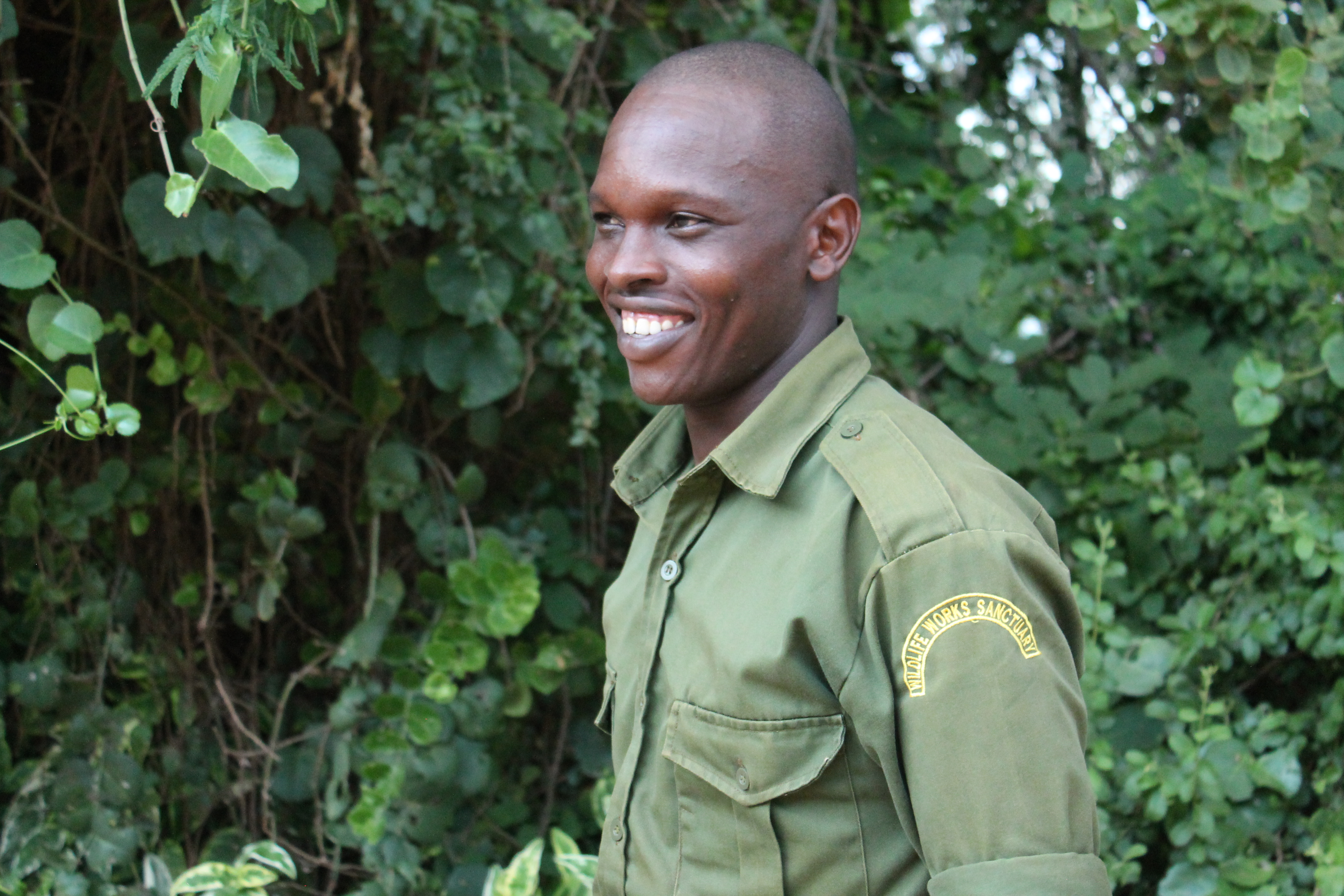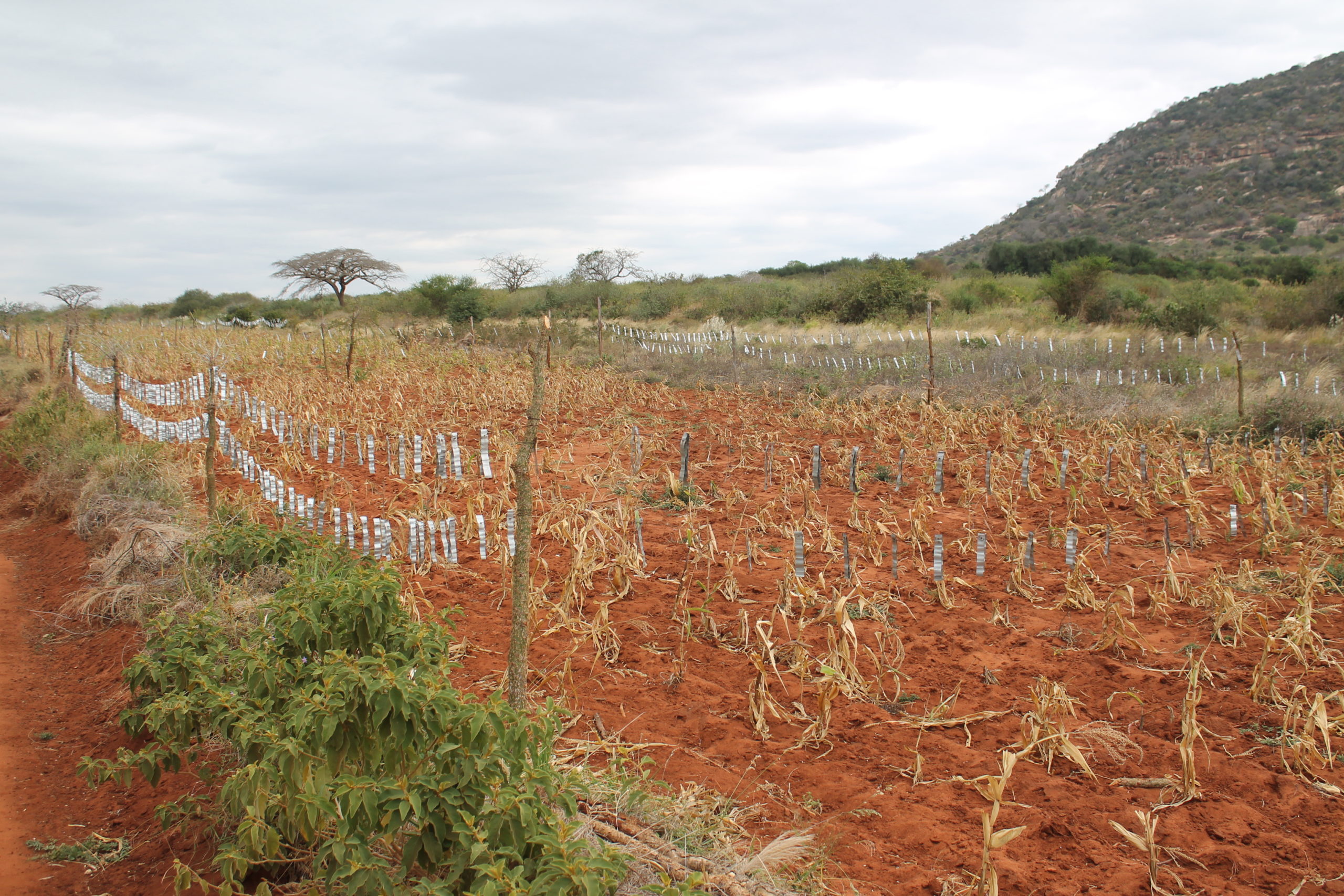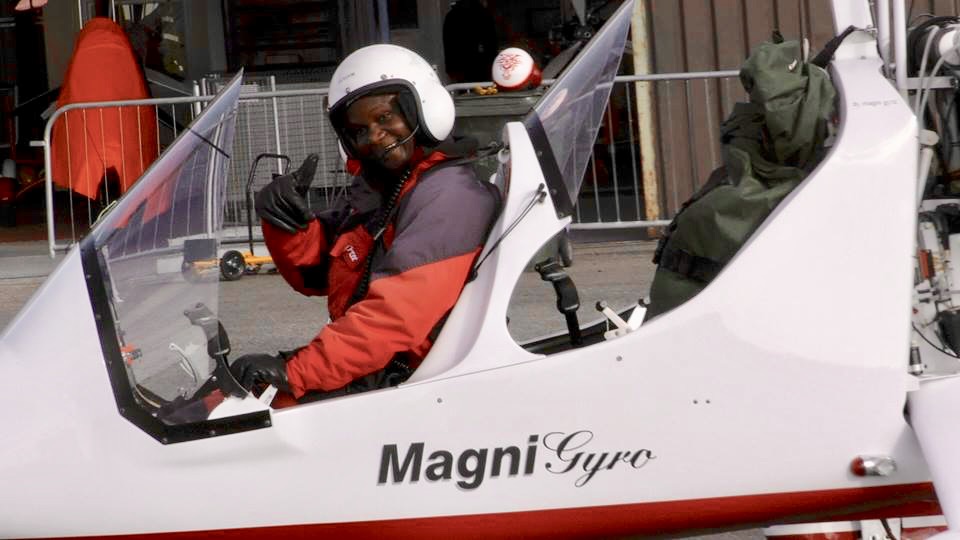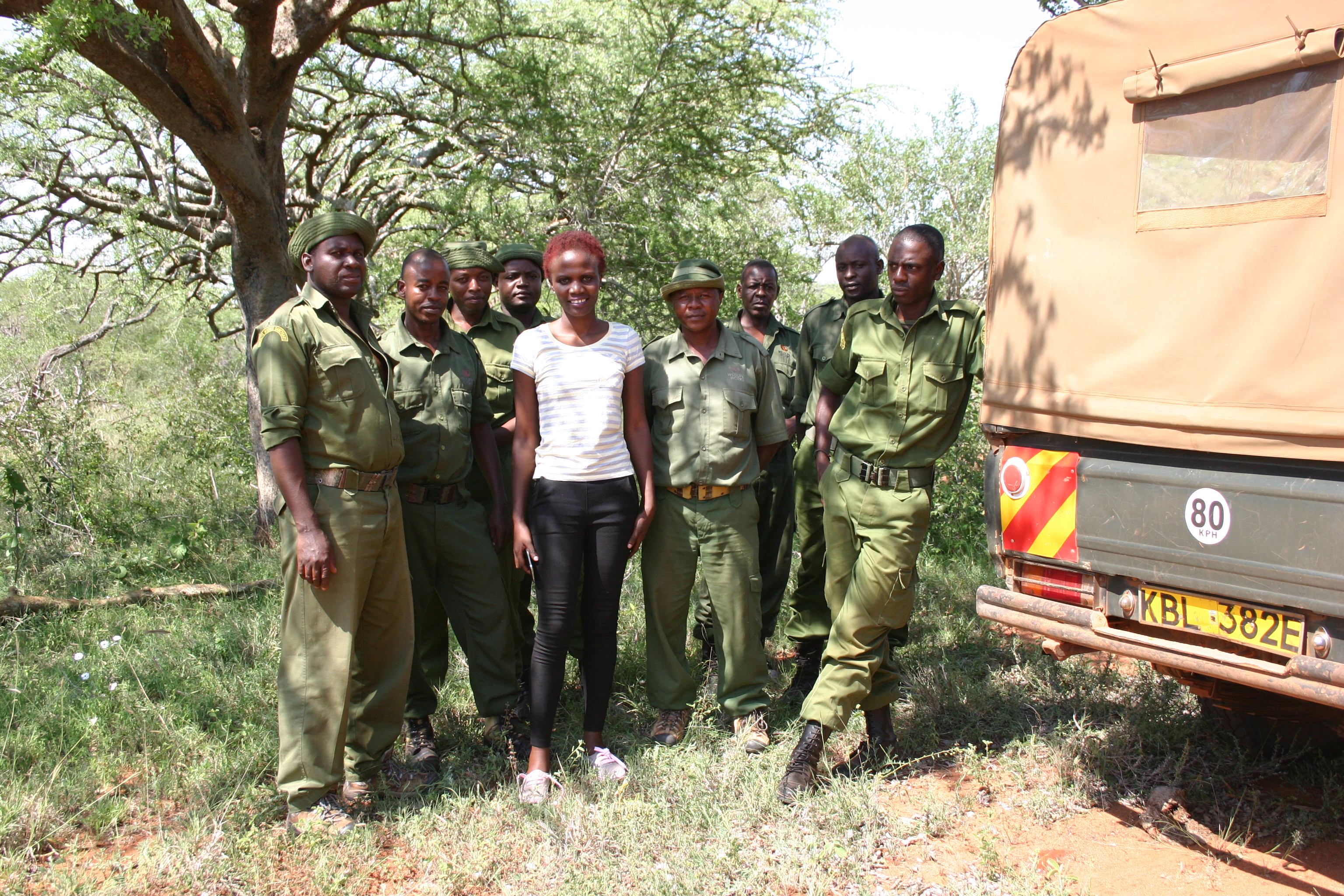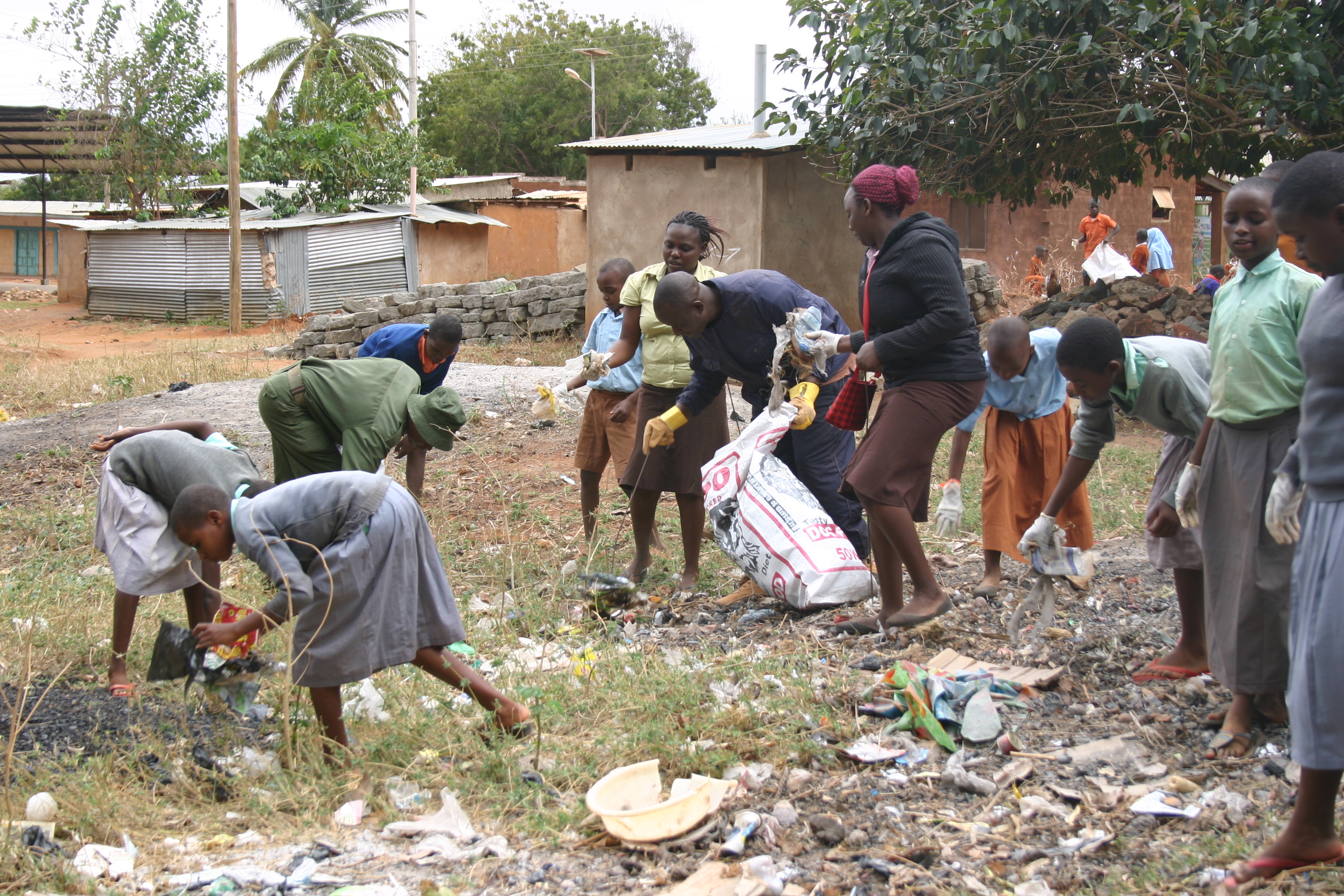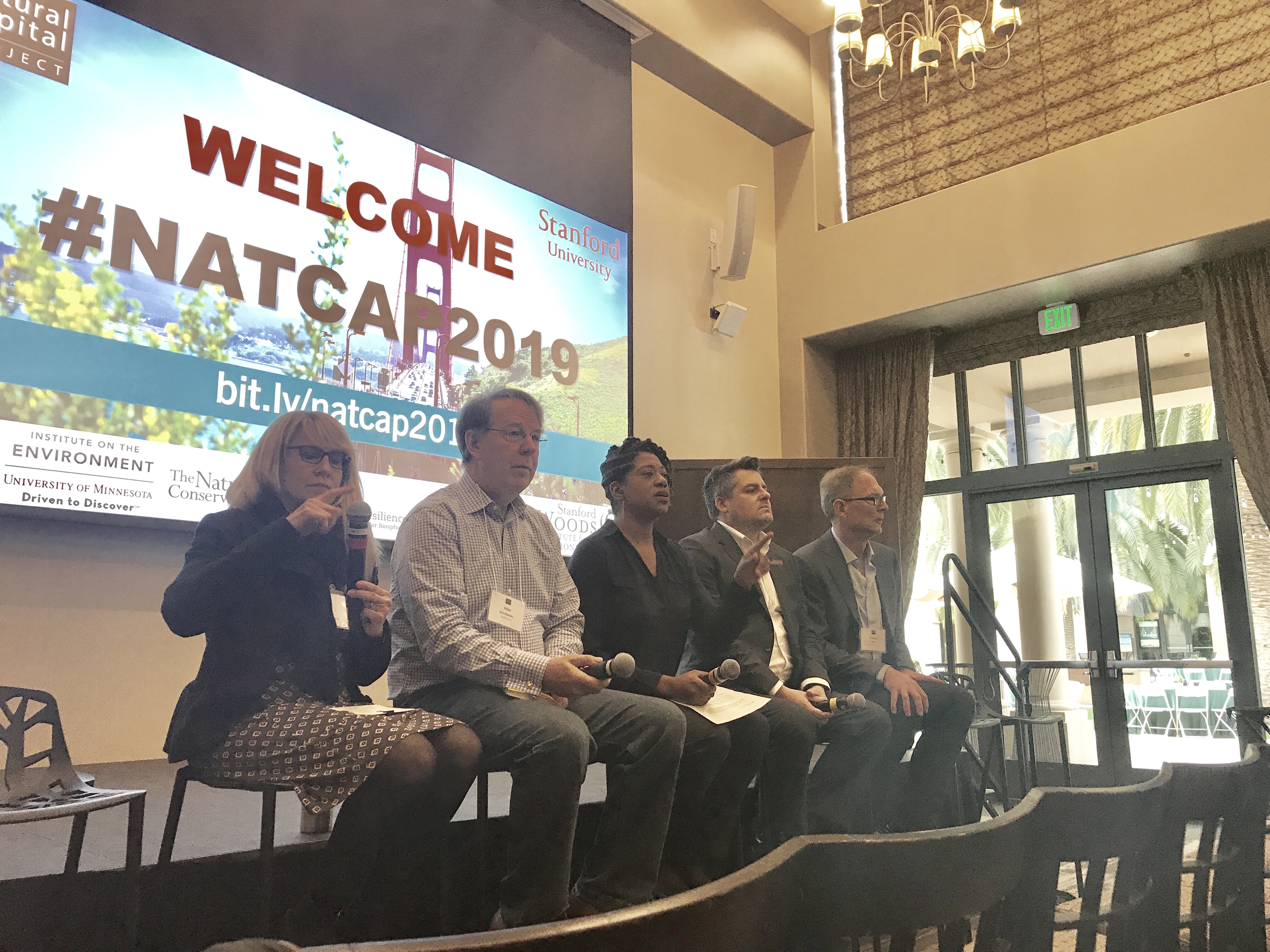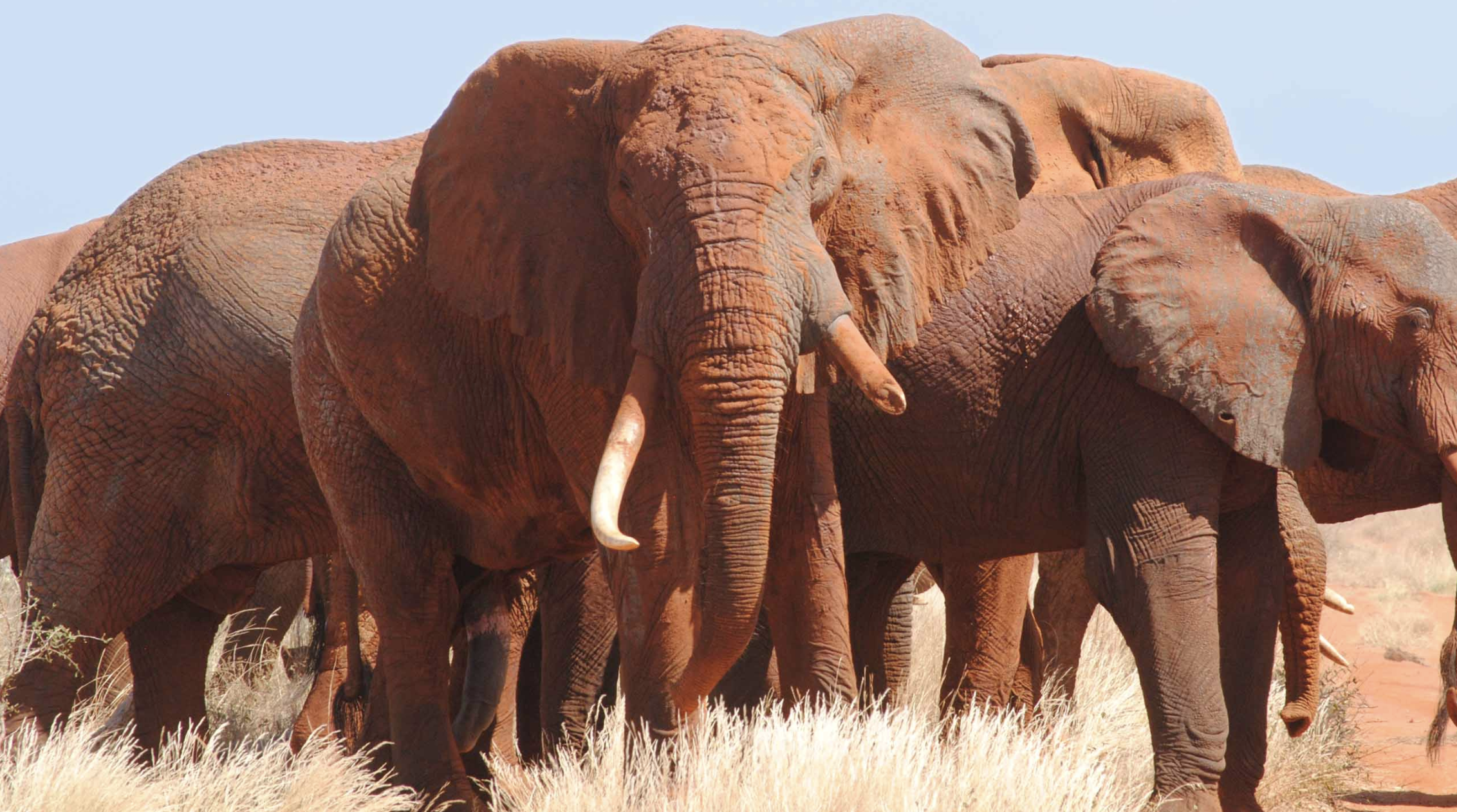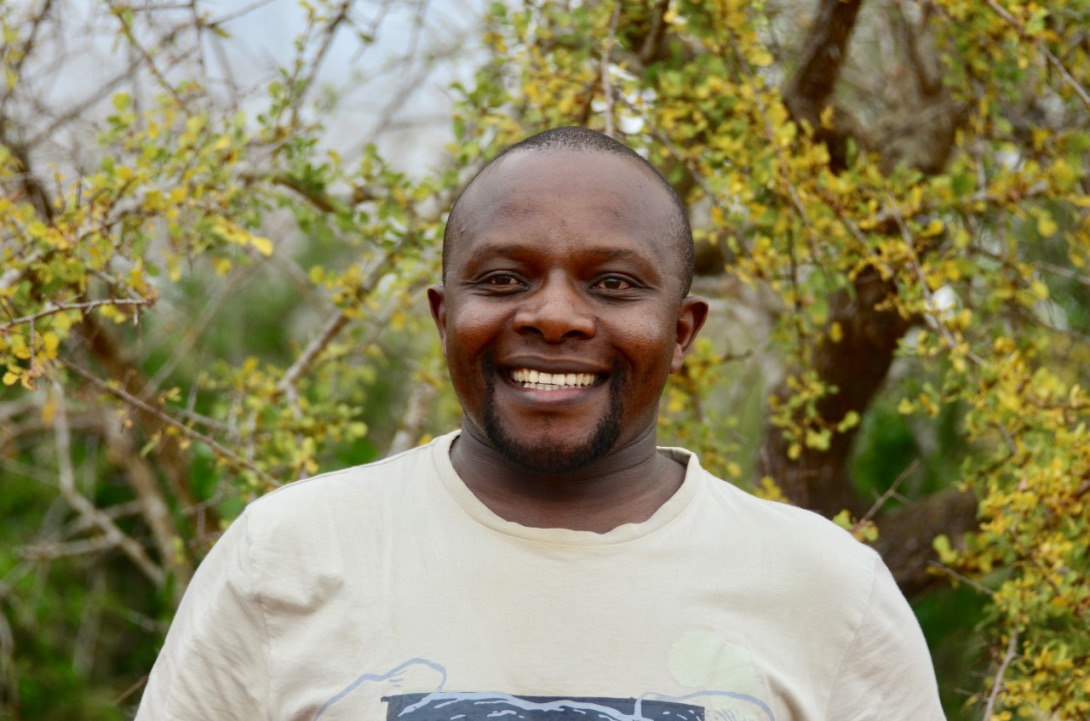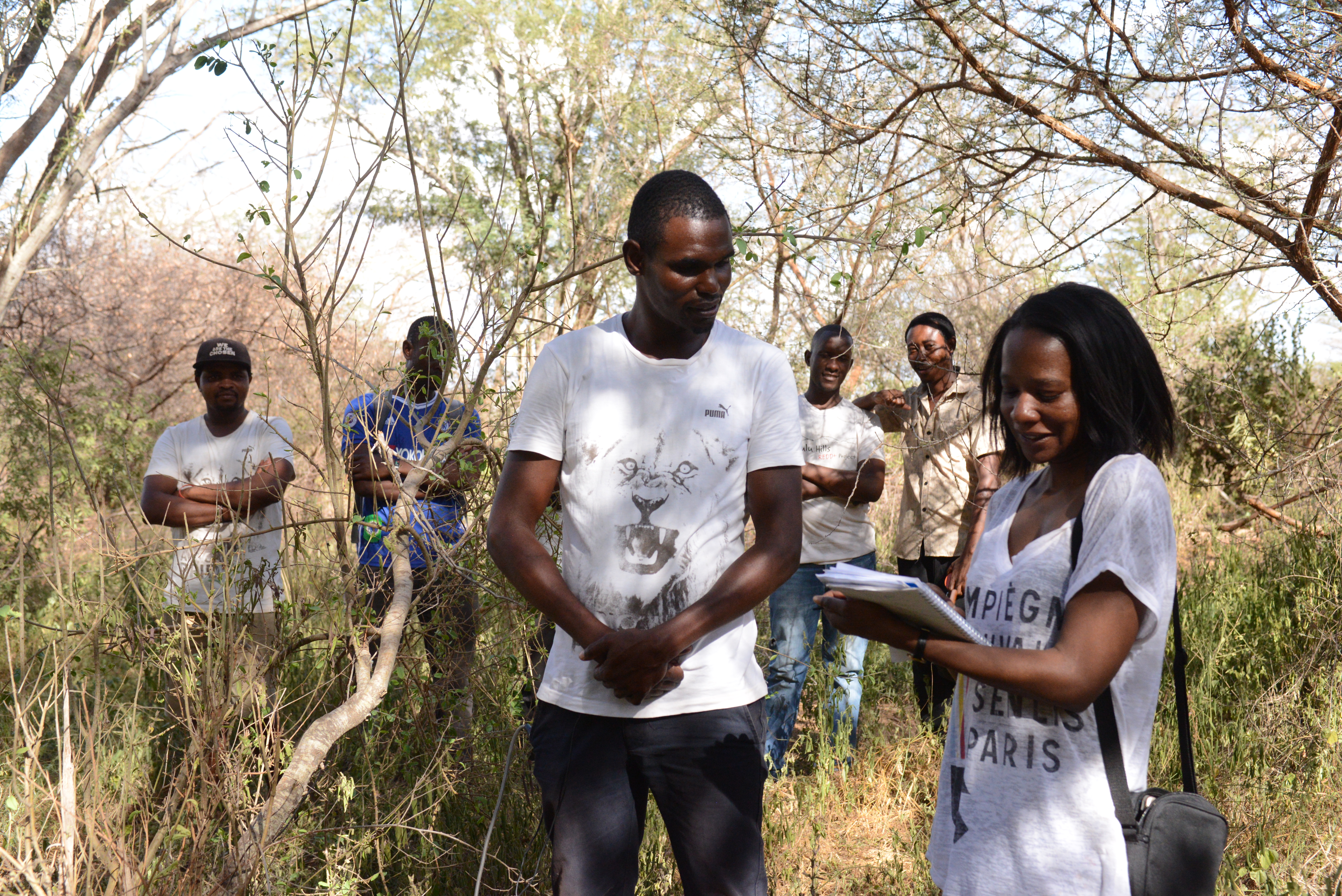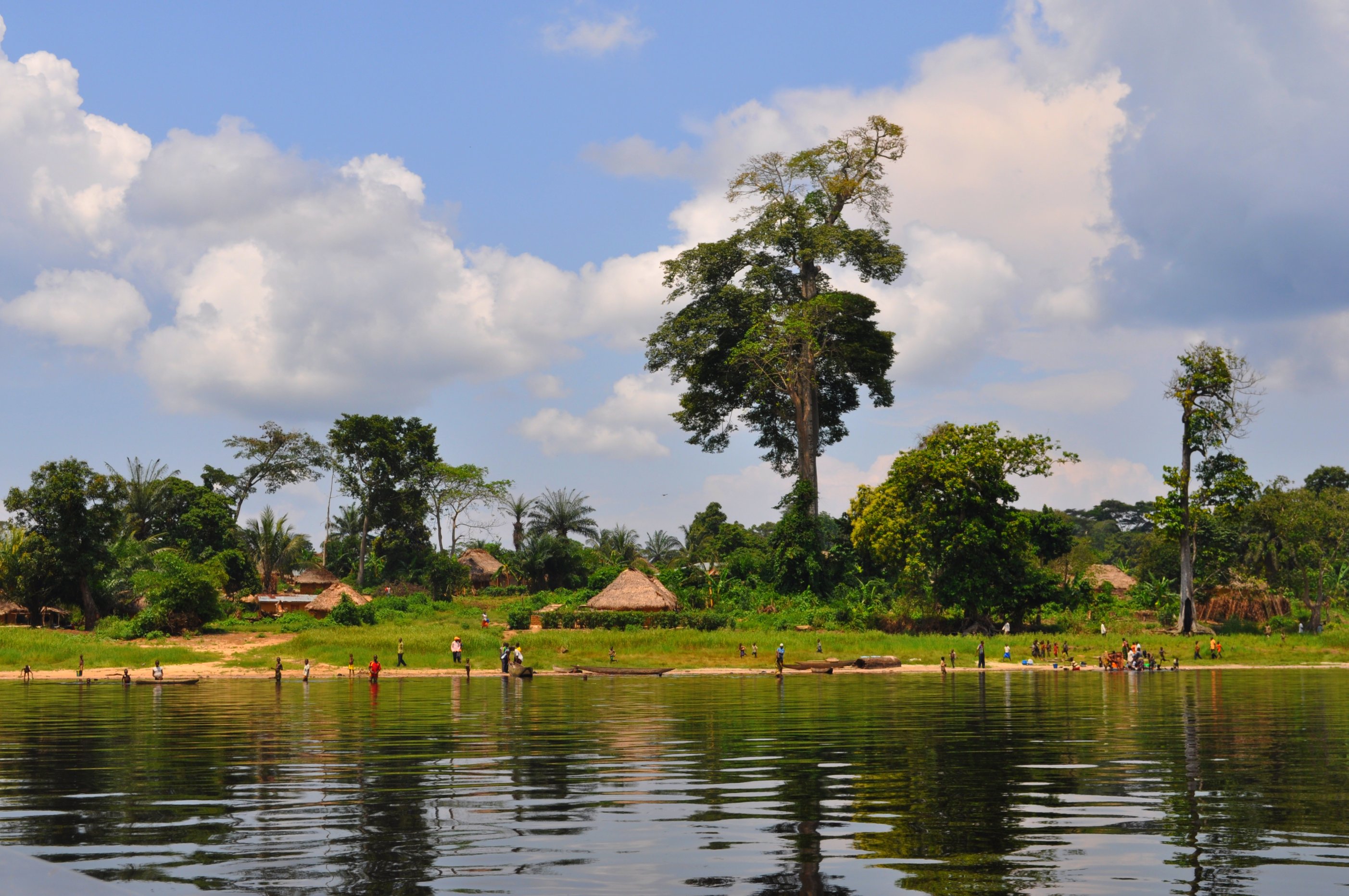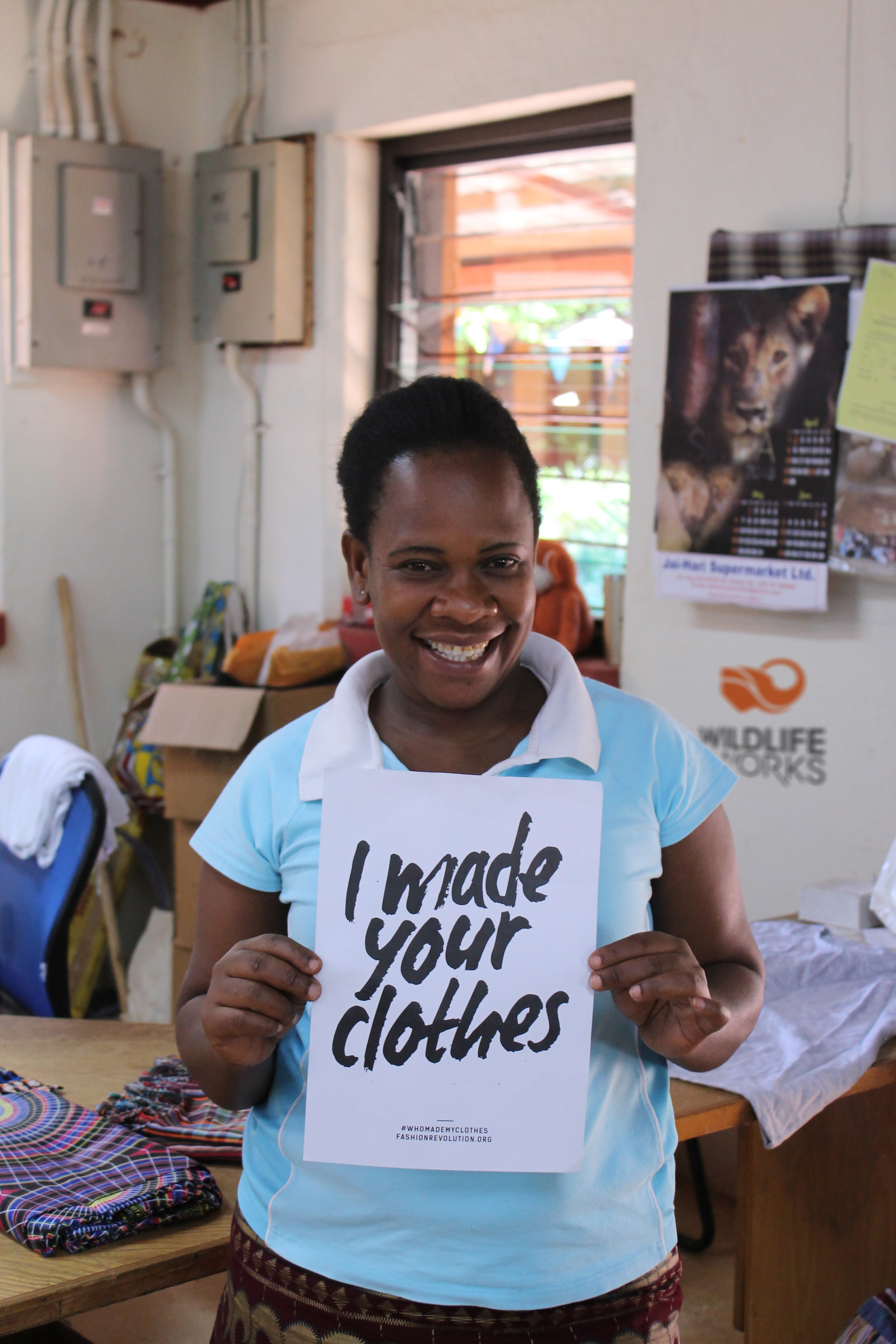-
Searching for Signs
By: Jacqueline Jobin Wildlife Works Intern Jacqueline Jobin, is a student from the University of Minnesota in the United States. As part of her time interning with Wildlife Works, she has been observing and learning about each department within the project. Jacqueline spent a day out with the ranger department to get to know more about the project area and the animals within the conservancy. One of my first days interning with Wildlife Works, I had the opportunity to experience a day in the life of the rangers. At sunrise I jumped in the back of the land cruiser, surrounded by rangers in green uniforms, and watched as the sun…
-
Boosting Reforestation Efforts in the Kasigau Corridor
By Jane Okoth In a tiny village, Juliana Karisa stood beside her house in anticipation as she watched a canter truck accompanied by Wildlife Works’ greenhouse team make its way through her compound. After a courteous greeting, she proceeds to direct the team to where the tree seedlings are located. The greenhouse team then loads the seedlings one by one into the truck under the close supervision of Greenhouse Supervisor Willy Kanyeki. Juliana and her family is one of hundreds of beneficiaries from the Kasigau Corridor REDD+ Project who have received cash in exchange for tree seedlings. In an effort to boost reforestation efforts in the region, Wildlife Works regularly…
-
Simon Kipsang; The Ranger and Co-pilot at Wildlife Works
By Jane Okoth For some, a wildlife adventure may seem like a normal thing, but that seemed an impossible opportunity for young Simon Kipsang. As a young boy growing up in Nakuru County, Simon only learnt about elephants, lions and other wildlife in school. “Since I was passionate about the environment, I would spend time taking care of trees in my homestead and wished that I would one day come face to face with wildlife,” he recalls thinking. As fate would have had it, his dream has come true. Now at 30 years old, Kipsang is a full time ranger and co-pilot at Wildlife Works. When the husband and father…
-
A Day In The Life of Wildlife Works Rangers
It is a regular Thursday morning at Rukinga sanctuary. A group of nine rangers are already in a green Toyota Land Cruiser ready for their normal patrol in the bush, which starts at 7am and ends at 4pm. John Mwachofi, the team leader for camp 2.0, and his team started the day with some strategic planning at their camp. As the Media and Communication Officer at Wildlife Works, I thought it would be great to join this dedicated team with my colleague, the Executive Office Assistant just to get a glimpse of what it’s like being a ranger. The team is just a section of 120 unarmed Wildlife Works rangers…
-
Orphaned Baby Zebra Rescued
In the early morning hours of January 8, 2016, Maungu villagers found a six-week old zebra chasing traffic on Mombasa Road, as if it were its herd. They alerted Wildlife Works rangers, who collected the zebra and brought it to Wildlife Works Headquarters, where staff comforted her. Rob Dodson, Wildlife Works Vice-President, African Field Operations, and Joseph Safari, Wildlife Works Ranger, transported the zebra to the Kenya Wildlife Service/David Sheldrick Wildlife Trust Voi Stockades for orphaned animals. The zebra was warmly greeted by the other curious stockade orphans, including an 18 month-old zebra, a young buffalo, and three elands. After her initial anxiety from the morning commotion wore off, the…
-
Kenyans tell poachers to keep their “Hands off Our Elephants”
On the 24th of August, after enjoying a period of relative peace, armed poachers struck Rukinga Ranch part of our Kasigau Corridor REDD+ Project, slaying a male elephant for its valuable tusks. Within days, our rangers made another gruesome discovery at Amaka Ranch: two more elephants amid rifle cartridges. A short time later, when two additional elephants were killed for their tusks at Washumbu Ranch, the entire camp was left shaken. Conservationists and Kenyans alike are infuriated by the ruthless massacre of endangered wildlife, such as the estimated 2,500 elephants that call the Kasigau corridor home. Recently, Kenyans participated in a sensitization campaign on twitter and other media outlets urging poachers…
-
African Buffalo Rescue
African buffaloes, which are known to be among the most vicious and ruthless species in the animal kingdom, can be highly unpredictable. While few would risk their lives to get close to one of these beasts, the wildlife rangers at Rukinga Ranch were recently left with little choice when a female African Buffalo was discovered trapped in a water tank. Those who assisted in her rescue assume the unfortunate buffalo was accidently knocked off balance while its herd was drinking from the tank. With help from our team in the office, Wildlife Works rangers agreed that the most effective way to rescue the ill-fated buffalo was to fill the water…
-
Growing Responsibly Through the Use of Sustainable Material and Means
The battle between development and environmental conservation can often be a fierce one. With the natural progression towards growth, the environment is often left tattered in the wake. Wildlife Works at our Kasigau Corridor REDD+ Project has certainly grown in the last few years, and will hopefully continue to do so. We’ve increased the number of jobs in the local area twofold from a year ago. We are very aware of the effects of development on the environment, which is why we’ve opted to use simple, eco-friendly architecture wherever we can. The newest sector in the company requires a base from which they can run their field operations. The concept…

